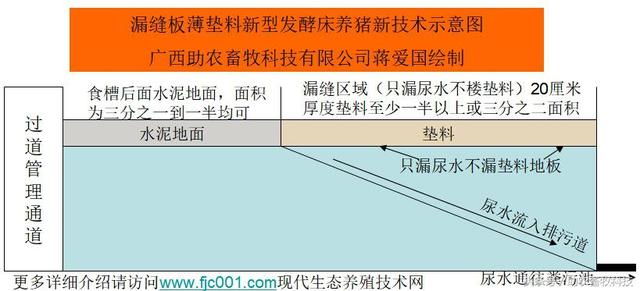三角函数考法套路总结(A-level数学知识点讲解)
There are three basic trigonometric functions for acute angles: Sine (Sin), Cosine (Cos), and Tangent (tan).
锐角有三个基本的三角函数。正弦(Sin),余弦(Cos),和正切(Tan)。

When using a right-angled triangle we get 当使用一个直角三角形时,我们得到:


These functions have a unique value for an acute angle that can be obtained from a scientific calculator.
这些函数对一个锐角有一个独特的数值,可以从科学计算器中得到。
These formulae are only applicable for an acute angle in a right-angled triangle, and so the next stage is to extend to work with any angle in radians and degrees.
这些公式只适用于直角三角形中的锐角,因此下一阶段要扩展到以弧度和度数计算的任何角度。
Trigonometric functions for positive and negative angles 正和负的角度的三角函数On a coordinate grid a general angle is measured from the positive x-axis and is represented by the angle through which a line OM rotates about the origin.
在坐标网格上,一般的角度是从正X轴开始测量的,并由线OM围绕原点旋转的角度来表示。
When we rotate anti-clockwise, the angle is positive while a clockwise rotation gives a negative angle.
当我们逆时针旋转时,角度是正的,而顺时针旋转则是负的。

The four quadrants of the Cartesian axes are as follows 直角坐标轴的四个象限如下:

As the line OM rotates, the point M moves to the first quadrant where its coordinates are both positive, and into the second quadrant, where the x-coordinate becomes negative.
随着直线OM的旋转,点M移动到第一象限,其坐标都是正的,并进入第二象限,其x坐标变成了负的。
In the third quadrant, both coordinates are negative and finally, in the fourth quadrant, the point has a positive x- and negative y-coordinate. (See below.)
在第三象限,两个坐标都是负的,最后,在第四象限,该点的X坐标是正的,Y坐标是负的。(见下文)。

You can see that the angle MON, called a, is always acute, and measured from the x-axis.
你可以看到角度MON,称为a,总是锐角,并从X轴开始测量。
For example:

The signs of the trigonometric functions depend on which quadrant the point M lies in and represent the signs of the x- and y-coordinates of M.
三角函数的符号取决于点M位于哪个象限,代表M的x坐标和y坐标的符号。
Learn the information in the following diagrams to help you understand the signs.
学习以下图表中的信息,以帮助你理解这些符号。
First quadrant 第一象限
All the functions are positive. 所有的函数都是正数。

Second quadrant 第二象限

By looking at the signs of the coordinates of M, we see that the trigonometric functions of are 通过观察M的坐标的符号,我们看到M的三角函数是:

Third quadrant 第三象限

The signs of the coordinates of M show us that the trigonometric functions are M的坐标的符号告诉我们,三角函数是:

Fourth quadrant 第四象限

The signs of the coordinates of M show us that the trigonometric functions of are M的坐标的符号告诉我们,其三角函数是:

This can be summarised as 这可以归纳为:

These sign rules and the value of the acute angle a allow you to find the value of any trigonometric function of any angle.
这些符号规则和锐角a的值允许你找到任何角度的三角函数的值。
Example:
Find the values of sin 150, sin 210 and sin 690 if sin 30 = 0.5. 如果sin 30=0.5,求sin 150、sin 210和sin 690的值。
sin 150 = sin 30 = 0.5
sin 210 = - sin 30 = - 0.5
sin 690 = sin 330 = - sin 30 = -0.5
You also need to be aware of negative angles created from the rotation of M in a clockwise direction.
你还需要注意M沿顺时针方向旋转所产生的负角。

i.e. each position of line OM gives us two different values of theta, one that is positive and one that is negative.
即OM线的每个位置都给我们两个不同的theta值,一个是正值,一个是负值。
Example:

Here a = 200 so both angles have the same trigonometric functions.
这里a=200,所以两个角的三角函数相同。
Therefore:
sin 160° = sin (-200° ) = sin 20°
cos 160° = cos (-200° ) = - cos 20°
tan 160° = tan (-200° ) = - tan 20°
,免责声明:本文仅代表文章作者的个人观点,与本站无关。其原创性、真实性以及文中陈述文字和内容未经本站证实,对本文以及其中全部或者部分内容文字的真实性、完整性和原创性本站不作任何保证或承诺,请读者仅作参考,并自行核实相关内容。文章投诉邮箱:anhduc.ph@yahoo.com






